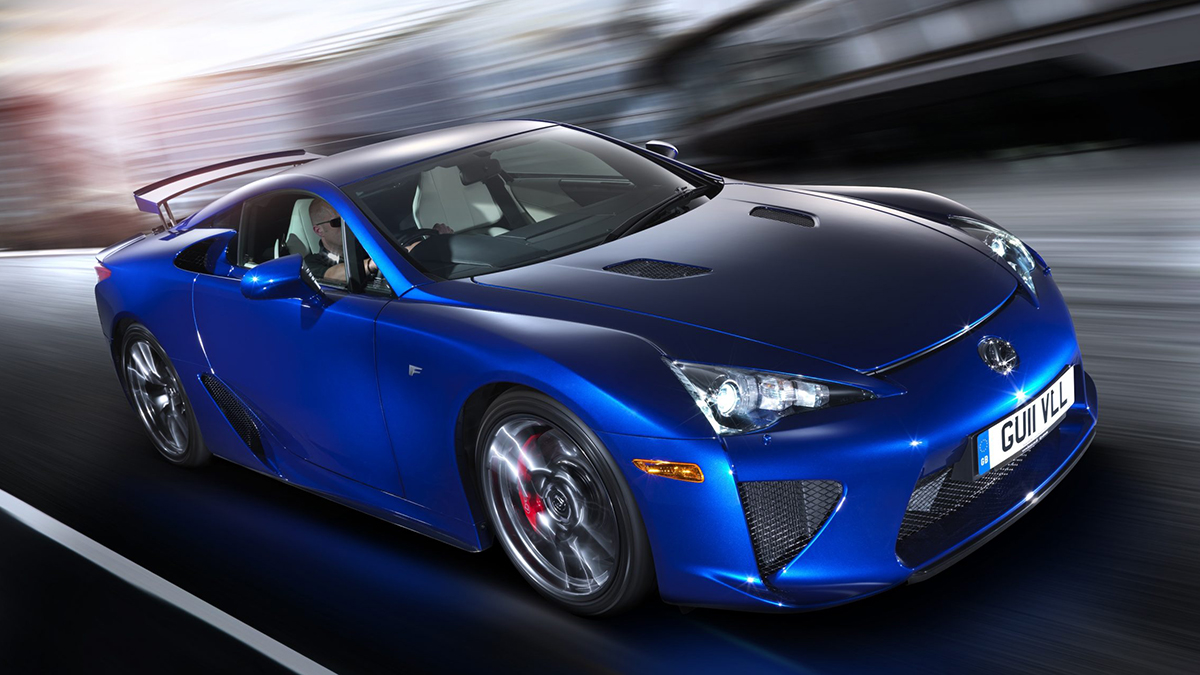The term “over-engineered” often gets misused. It typically refers to designs that exceed the necessary requirements for functionality, leading to unnecessary complexity, cost, or performance.
In the automotive world, over-engineering often implies that a vehicle has been built with such exceptional quality or features that it goes far beyond what the market or typical customer demands.
While some view it as wasteful, others see it as a badge of honor, resulting in cars that are technically superior, even if they don’t make financial sense. This exploration looks at some iconic examples of such over-engineering.
1. Lexus LFA: A Symphony of Excess
The Lexus LFA is a stunning example of over-engineering, where Lexus spared no expense to create a hypercar. Featuring a Yamaha-built 4.8-liter V10 engine and a carbon-fiber reinforced polymer body, every detail of the car was designed to maximize performance and quality.
Lexus even abandoned a six-year-old aluminum chassis to create a carbon fiber tub, improving the power-to-weight ratio.
Though the LFA’s 500-unit production run didn’t initially sell well, it has since gained significant value and respect, with prices now ranging from $800,000 to $1.5 million. The LFA’s legacy shows how sometimes excess results in brilliance.

2. Volkswagen Phaeton: Revenge-Fueled Luxury
The Volkswagen Phaeton represents an extraordinary leap in luxury for a brand known for mass-market vehicles. Built on a platform originally designed for Bentley, the Phaeton offered engines like a W12 and even a turbocharged V10, making it more powerful than many high-end competitors.
Piëch’s obsession with outperforming BMW and Mercedes led to a car that was hand-assembled in a state-of-the-art glass factory and priced similarly to luxury sedans from premium brands.
Although the Phaeton’s high cost and complex engineering led to its commercial failure, its over-engineered nature remains a testament to Volkswagen’s ambition and willingness to innovate.
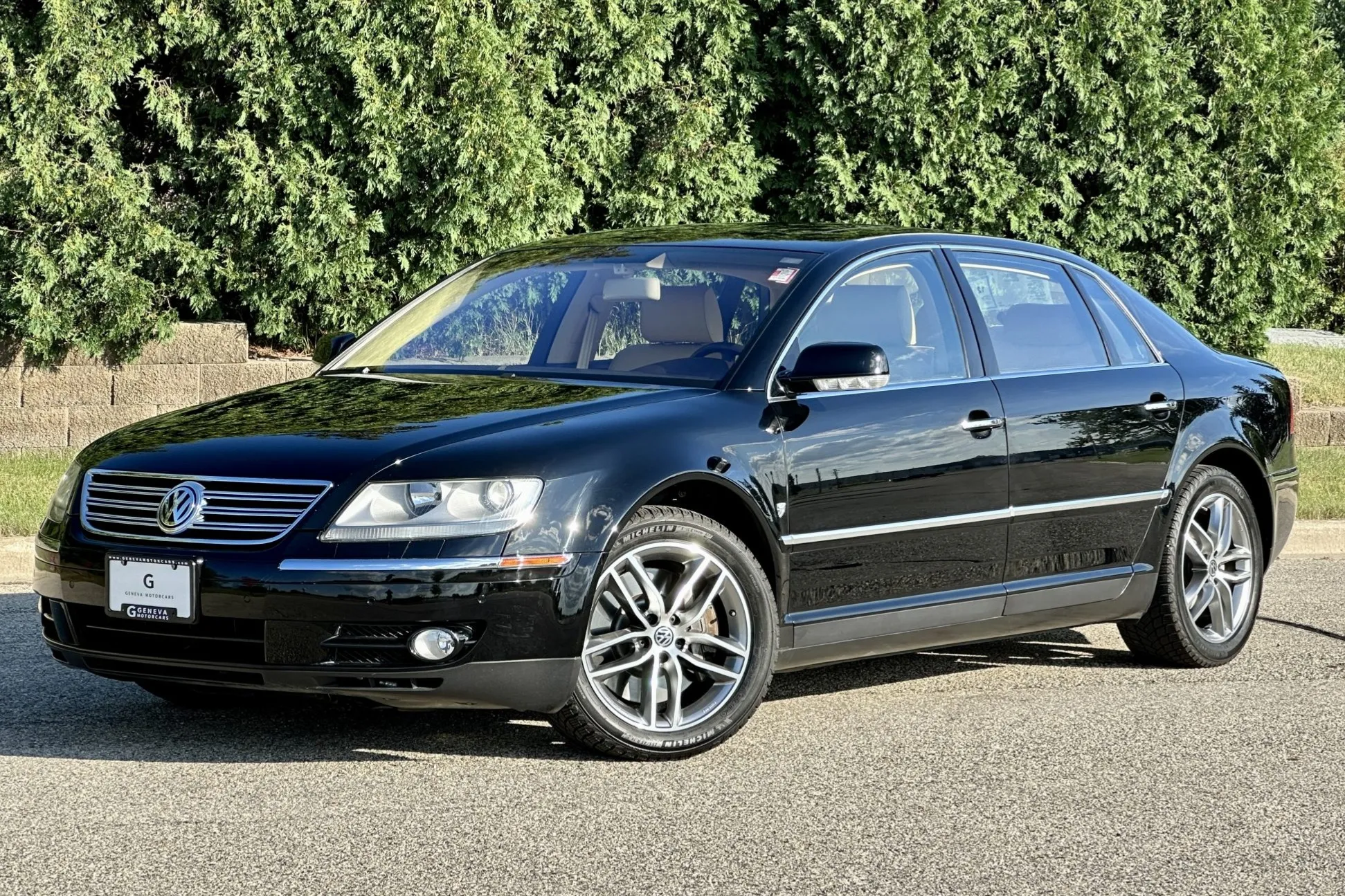
Also Read: 10 Best Cars That Balance Horsepower With Long-Term Value
3. Lexus LS 400: The Benchmark Builder
Lexus took a bold approach with the LS 400, spending over a billion dollars to create a car that would compete with European luxury sedans. This over-engineered model included advanced features like fluid-damped interior fixtures, a sandwich steel body, and extensive testing.
The LS 400’s design was free from budget constraints, allowing engineers to develop groundbreaking technologies that focused on quietness and comfort.
Despite selling at a loss, the LS 400’s reputation helped Lexus firmly establish itself as a luxury brand. It’s a shining example of how over-engineering, while expensive, can pay off in long-term brand value.
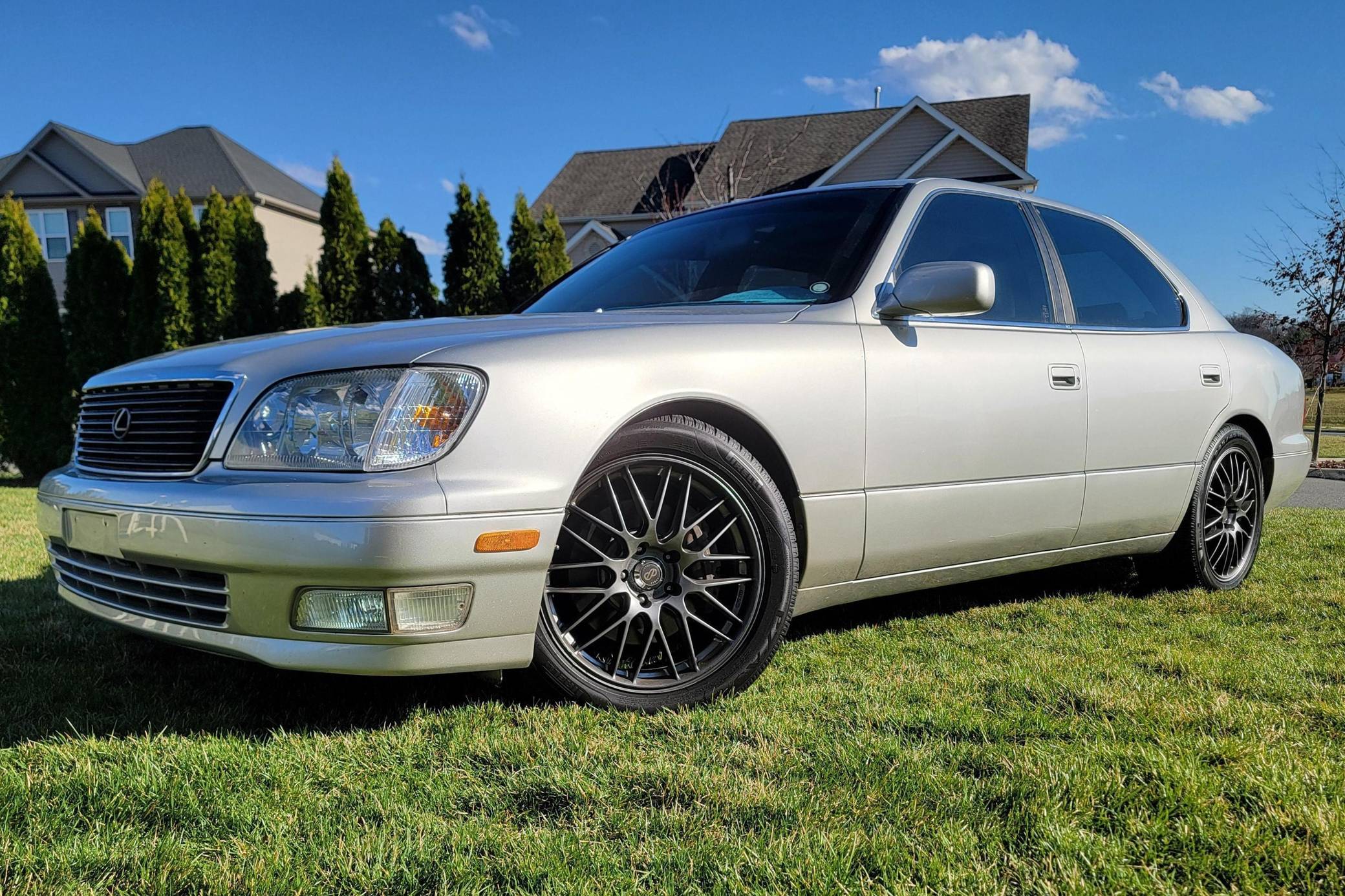
4. Mercedes-Benz W123: Engineering Immortality
The Mercedes-Benz W123, produced from 1976 to 1985, was built with an emphasis on reliability, making it a legendary model in the brand’s history. It was over-engineered with high-quality materials, tough suspension systems, and long-lasting diesel engines, designed to outlast its competition.
Notably, the W123’s 2.4-liter diesel engine achieved almost mythical reliability, with one model running for an astounding 2.9 million miles. This durability led to widespread use as a taxi, including in Greece, cementing its place in automotive history.
The W123’s over-engineering proved that building for longevity can result in both practical value and timeless appeal.
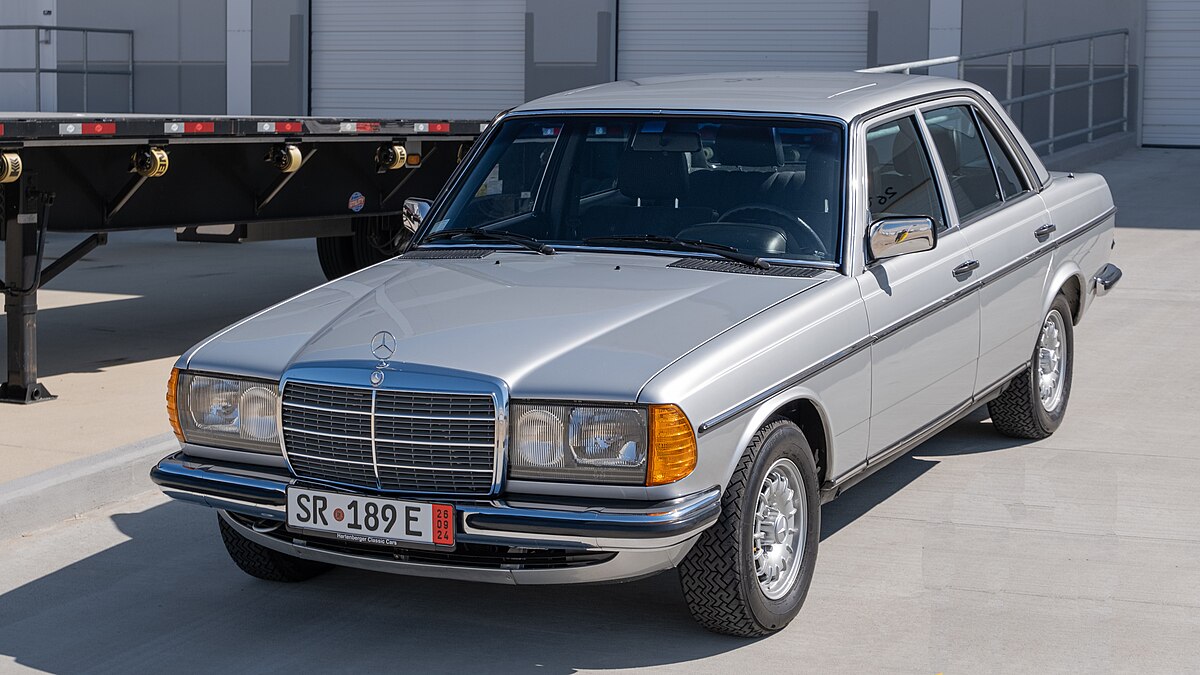
5. Porsche 911 Targa (991 & 992): Engineering for the Sake of It
Porsche’s 911 Targa models (991 and 992 generations) represent a fascinating example of engineering excess. Although modern convertibles provide similar open-air experiences, Porsche resurrected the targa roof design, which required developing a complex mechanism to fold the roof away.
Despite offering no real advantage over a traditional convertible, this innovation showcases Porsche’s dedication to engineering excellence. The roof mechanism itself is an intricate work of precision engineering, complete with moving B-pillars and a multi-step folding process.
The Targa models may be less practical, but their beautifully engineered roof system is a perfect example of doing something simply because it can be done.
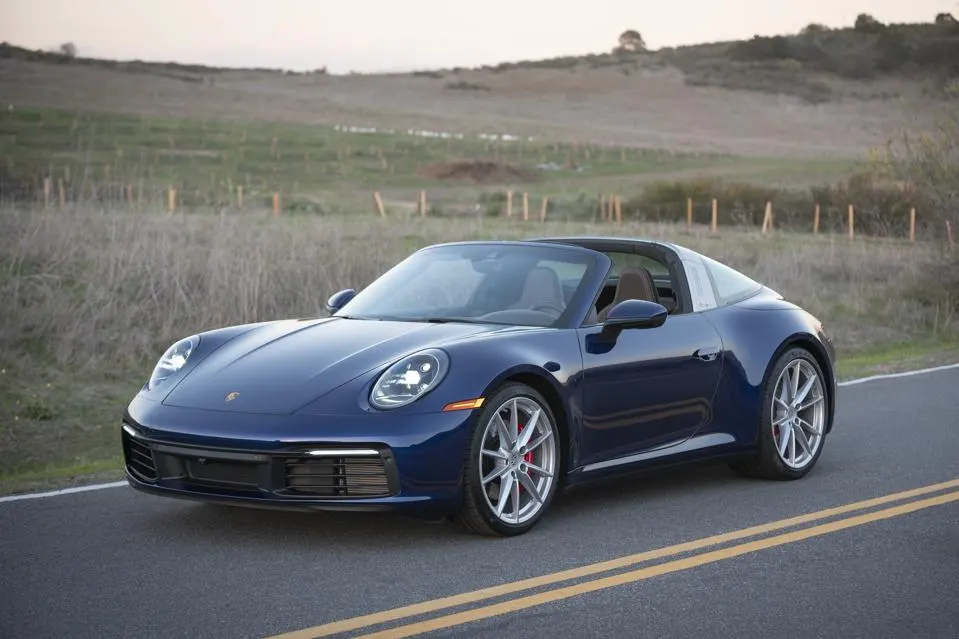
6. Toyota Supra MK IV: The Bulletproof Powerhouse
The Toyota Supra MK IV, produced between 1994 and 1998, epitomizes over-engineering through its indestructible 2JZ engine. Known for its ability to handle massive power upgrades without internal modifications, this engine became legendary in the tuning community.
The Supra also featured an F1-inspired anti-lock braking system with sensors for each caliper, allowing for precise control of braking under various conditions.
This technology gave the Supra an extraordinary 70 mph to zero stopping distance of just 149 feet, a feat that wouldn’t be matched by other sports cars until the 2004 Porsche Carrera GT. Toyota’s commitment to engineering brilliance left a lasting impact.
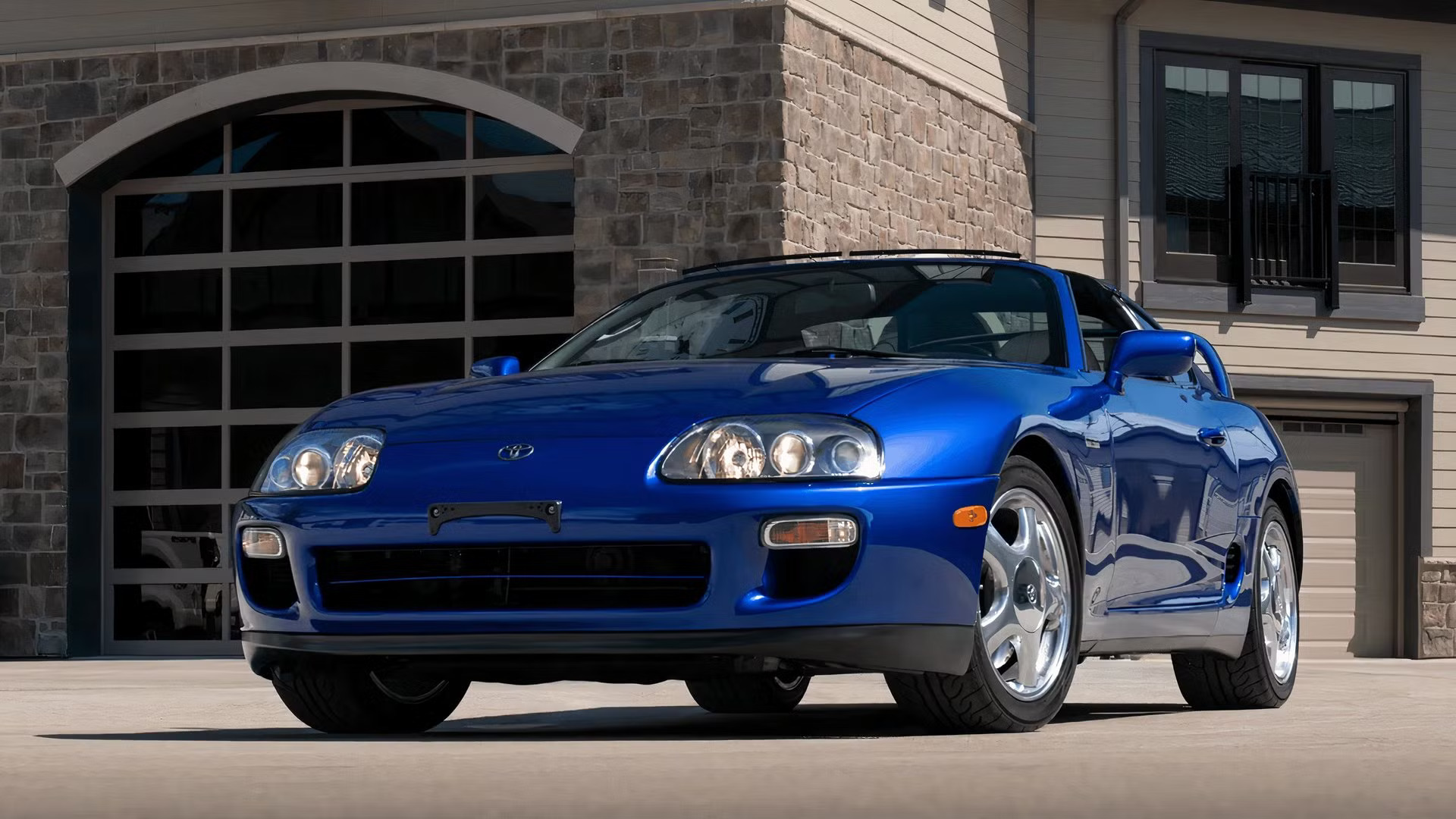
7. Acura Vigor: A Five-Cylinder Engineering Puzzle
The Acura Vigor, an oddity from the 1990s, is a classic example of unnecessary over-engineering driven by marketing ambition. Acura designed a unique inline-five-cylinder engine to fill the gap between the four-cylinder Integra and the six-cylinder Legend, even though no practical need for such an engine existed.
The Vigor’s powertrain required extensive modifications to fit this engine, including a longitudinally mounted five-cylinder at a 35-degree angle.
Acura engineers also had to create a complex drivetrain layout that involved rerouting power through a shaft to the front wheels. The Vigor remains a strange but remarkable example of over-engineering for niche purposes.
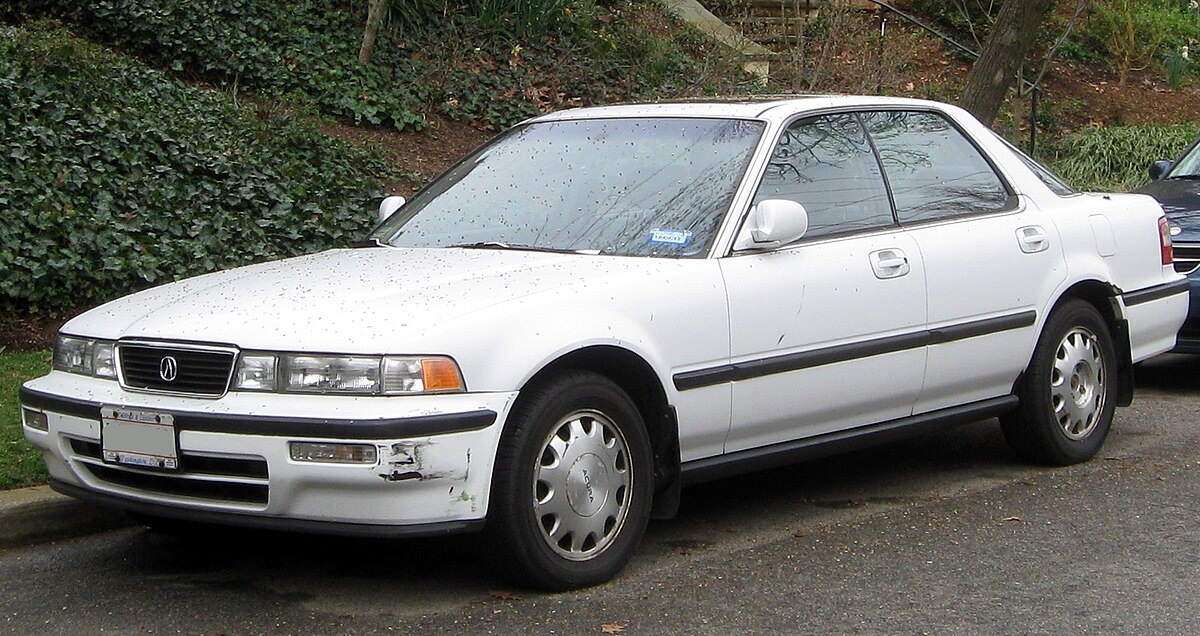
The 1990s Japanese automotive boom resulted in a range of over-engineered cars, born from an era of financial excess and technological ambition. Vehicles like the Lexus LS 400, Toyota Supra MK IV, and Acura Vigor were designed with no budgetary limitations, resulting in engines and features that far exceeded market needs.
These cars showcased incredible engineering and performance potential, with components capable of handling extreme stresses and high modifications.
While many of these models were financially impractical, they’ve left a lasting legacy, proving that sometimes over-engineering results in groundbreaking designs that endure and inspire for decades.
Also Read: 10 Cars With Simple Maintenance That Just Don’t Quit and Make Repairs a Breeze

